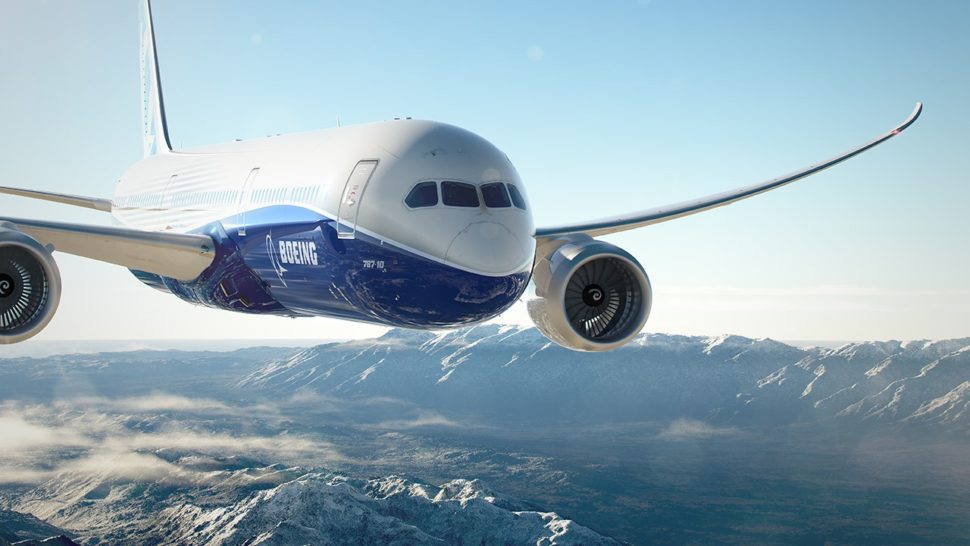Norsk Titanium AS announced a contract with Boeing to deliver 3D-printed structural titanium parts. The Boeing 787 Dreamliner, the first commercial airplane to use additive-manufactured titanium structural parts, would see its production costs cut by $2 to $3 million per airplane.
Norsk Titanium AS is a Norwegian company regarded as a pioneer supplier of 3D-printed aerospace-grade titanium structural components. The company has a patented wire-based printing process that promises big savings compared to the conventional manufacturing process.
Norsk Titanium AS will 3D print structural parts for the Boeing 787 Dreamliner.Click To TweetThe Boeing 787 Dreamliner
Norsk Titanium AS announced an order from Boeing to deliver FAA-approved, 3D-printed structural titanium components for the 787 Dreamliner.
In search of an innovative parts manufacturing processes that reduces costs while improving performance, Boeing has chosen Norsk Titanium AS, the first supplier to meet Boeing’s specifications of high deposition rates, thanks to its patented additive manufacturing technology (RPD).
Norsk Titanium’s RPD manufacturing process (Rapid Plasma Deposition) transforms titanium wire into complex components for structural and safety-critical applications. RPD is a precision wire deposit technology that outperforms conventional, expensive forging processes, resulting in significant savings for aerospace and aviation parts.
Norsk will manufacture the structural components that were designed by Boeing, which will be involved throughout the development process. The two companies undertook a lengthy program of testing to ensure that printed parts, as well as the manufacturing process, will be approved by the U.S. regulatory commission, the FAA, later this year.
Norsk Titanium will display the Dreamliner’s components and a full-scale mock-up of its MERKE IV RPD machine used to produce the structural parts at the Paris Air Show, June 19-25.
3D-Printed Metal Components to Boost Profitability
With its many properties (lightweight, strong and corrosion resistant) titanium is an attractive metal for the aerospace and aviation industries. Seven times more costly than aluminum, titanium accounts for about $17 million of a $265 million Dreamliner. Due to its carbon-fiber fuselage and wings, the Dreamliner requires more titanium than other models.
From 2018 on, after further parts are produced, Norsk Titanium process enables Boeing to reduce titanium costs on the 787 by $2-$3 million for each unit. With Boeing building 144 Dreamliners per year on average, the company will not only boost the Dreamliner profitability but will also save hundreds of millions that would be injected into other initiatives, such as its commercial space flight program.
Norsk will produce the Dreamliner’s parts initially in Norway, before opening a nearly 70,000-acre facility in Plattsburgh, New York with nine 3D printers. It remains to be seen whether Boeing will pay the “big border tax” promised by President Donald Trump against U.S. companies that relocate jobs abroad.



















Comments (0)
Least Recent